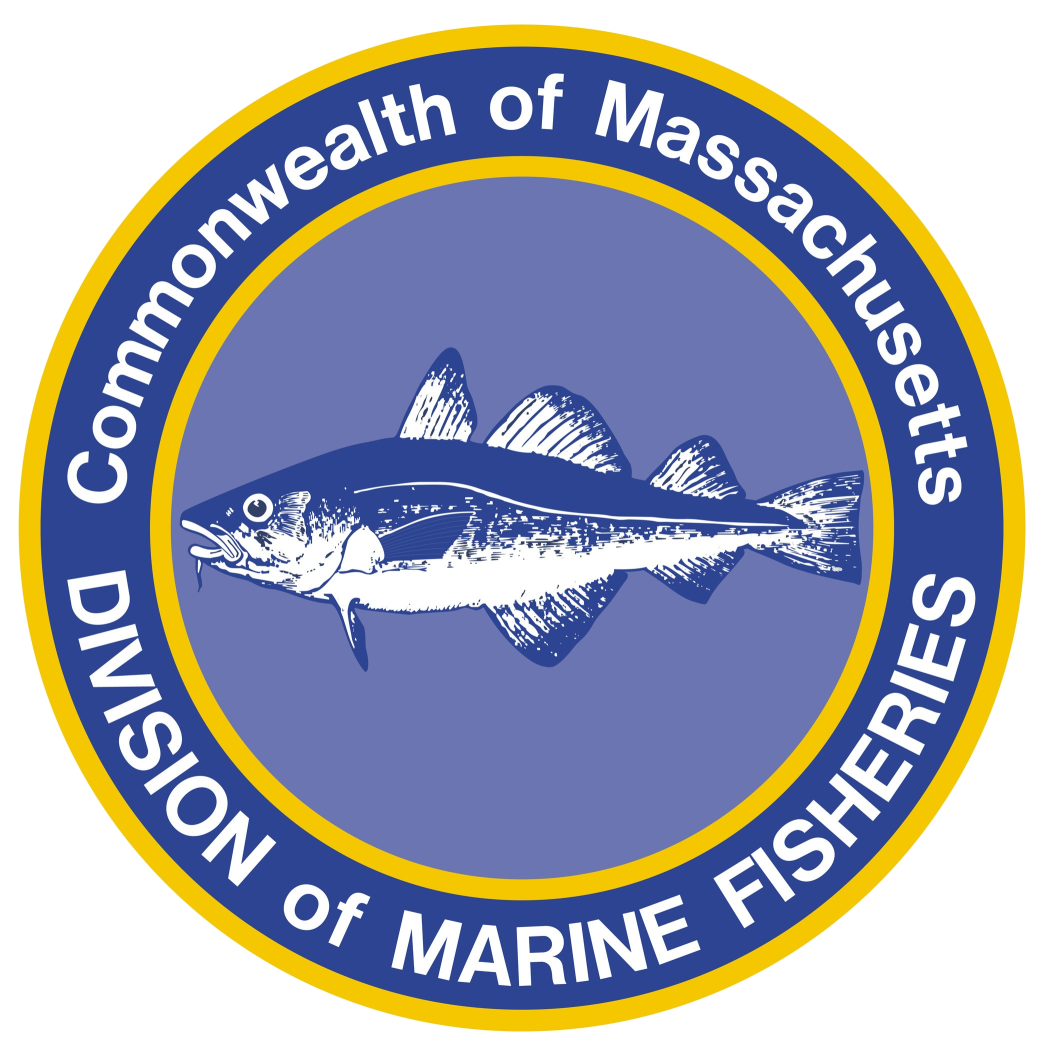- Division of Marine Fisheries
Lobster growth is a complicated process because of their hard shells; growth must happen in distinct steps rather than continuously like fish growth. Lobsters produce a new shell underneath their existing hard shell, and once they’ve outgrown the old hard shell, they molt. (The scientific term for molting is “ecdysis,” which is derived from an old Greek term meaning “to take off”.) Immediately after molting, the lobster’s new shell is very soft, and the lobster absorbs water to inflate the new shell to its larger size before it hardens. Over time, the water will be replaced with body tissue as the lobster grows, until its shell is full and it needs to molt again.
Understanding growth is very important for assessing the lobster stock because crustaceans are very difficult to age (unlike fish). The population models we use for lobster are based on size instead of age. This means we need to know how often lobsters molt and how much their size increases each time they molt. Lobsters molt several times a year for the first few years of their lives, but as they get larger and reach maturity they don’t molt as frequently, slowing to roughly one molt per year. Mature females grow even more slowly, molting only once every other year, since they have to trade off between carrying eggs and molting. We generally have good data to describe growth for lobsters up to and just above the harvestable size, but for much larger lobsters (more than five inches carapace length or over about 3.5 pounds) the data are more sparse.
DMF was recently awarded funding from the National Sea Grant Lobster Research Initiative to collect information on the growth of large lobsters. We will be collecting large lobsters (more than five inches carapace length) from offshore waters during summer, the time of year when they are getting ready to molt. We will sort through catch at the dock, recording lobster size and sex, looking for those with old shells that should be ready to molt. We’ll bring these old-shelled lobsters into the seawater tanks at our New Bedford facility, where we will house them in individual compartments and collect measurements from many individuals before and after they molt. This work will allow us to estimate how many of the lobsters that we examine are likely to molt this year, and will give us information on how much their size increases when they do molt. These two pieces of data will be directly useful for future stock assessments and will enhance our general understanding of the biology of these important crustaceans.
By Tracy Pugh, PhD, Invertebrate Fisheries Project Leader
